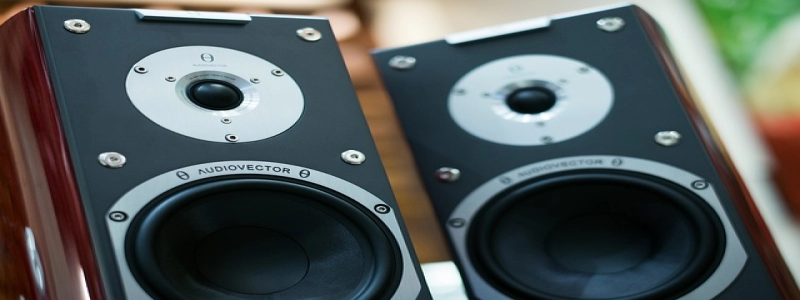Can I Use SFP+ Transceiver in SFP28 Ports
Introduction:
The use of fiber-optic transceivers has become increasingly common in networking applications. One of the key factors to consider when planning a network infrastructure is compatibility between the transceiver and the port it will be plugged into. This article addresses the question of whether it is possible to use an SFP+ transceiver in SFP28 ports, providing a detailed explanation of the compatibility and limitations involved.
je. Understanding SFP+ and SFP28 Transceivers:
1. SFP+ Transceiver:
– SFP+ stands for Small Form-factor Pluggable Plus.
– SFP+ transceivers support data transfer rates of up to 10 Gbit/s.
– SFP+ transceivers have a specified reach of up to 400 meters for multi-mode fiber and 10 kilometers for single-mode fiber.
2. SFP28 Transceiver:
– SFP28 stands for Small Form-factor Pluggable 28.
– SFP28 transceivers are designed to support data transfer rates of up to 25 Gbps per channel.
– SFP28 transceivers are backward-compatible with SFP+ ports.
II. SFP+ Transceiver in SFP28 Ports:
1. Mechanical Compatibility:
– Physically, SFP+ and SFP28 are similar in size and shape, allowing SFP+ transceivers to fit into SFP28 ports without any modifications.
– SFP+ transceivers and SFP28 ports have the same electrical interface, making the physical connection feasible.
2. Limites:
– Although SFP+ transceivers can physically fit into SFP28 ports, the data transfer speed will be limited to 10 Gbit/s, despite the SFP28 port’s capability of supporting up to 25 Gbit/s.
– It is crucial to note that using an SFP+ transceiver in an SFP28 port may lead to a degraded network performance, as the full potential of the SFP28 port cannot be utilized.
III. Alternative Solution:
1. SFP28 Transceiver:
– To fully utilize the capabilities of an SFP28 port, it is recommended to use SFP28 transceivers specifically designed for 25 Gbps data transfer rates.
– SFP28 transceiver offers the advantage of improved network performance and compatibility with SFP28 ports.
Conclusion:
While it is technically possible to physically connect an SFP+ transceiver to an SFP28 port, it is not recommended due to the limitations on data transfer speed. To achieve optimal network performance, it is advisable to use SFP28 transceivers designed for SFP28 ports. Ensuring the compatibility between transceiver and port is crucial for a seamless and efficient network infrastructure.








